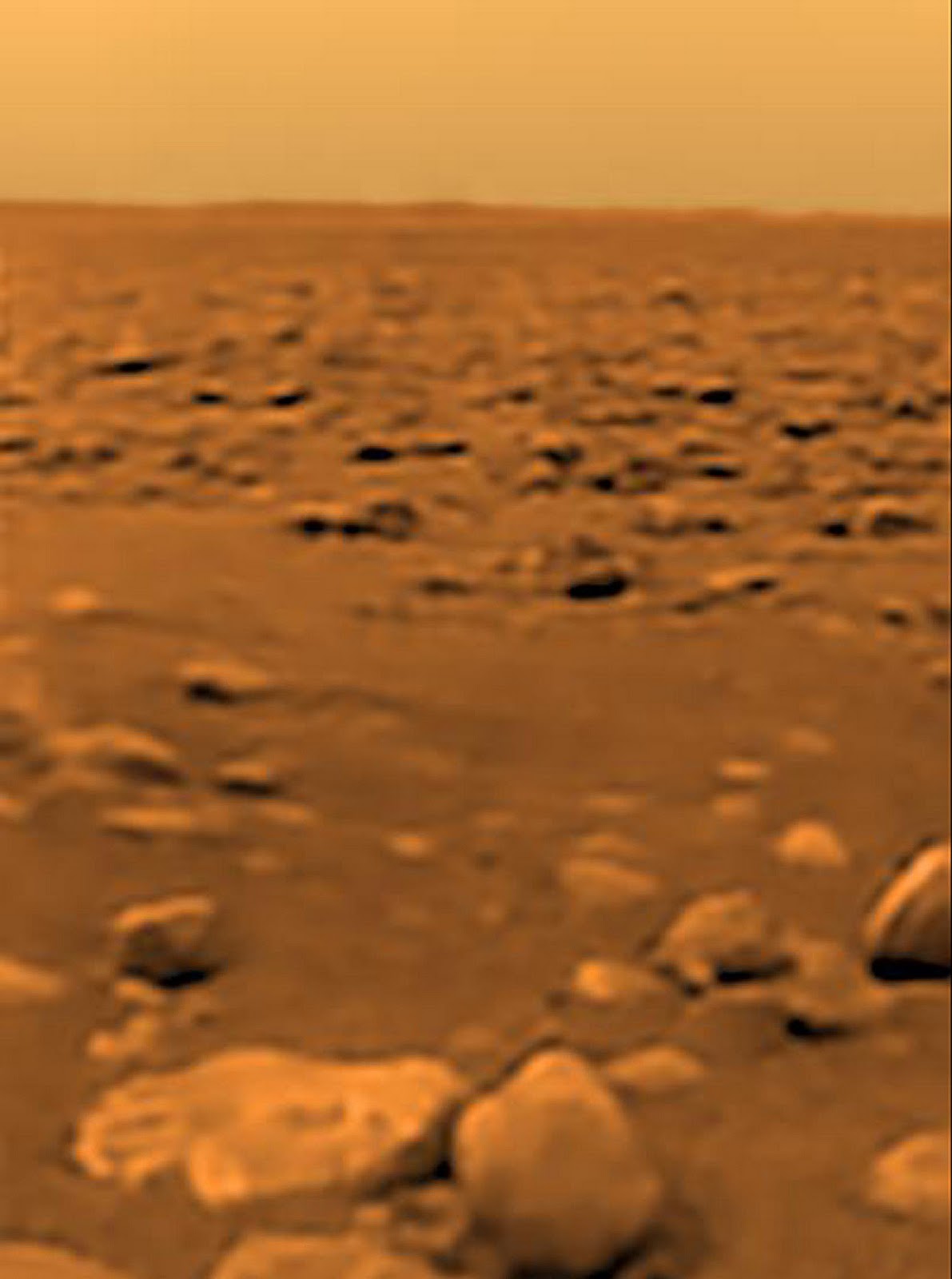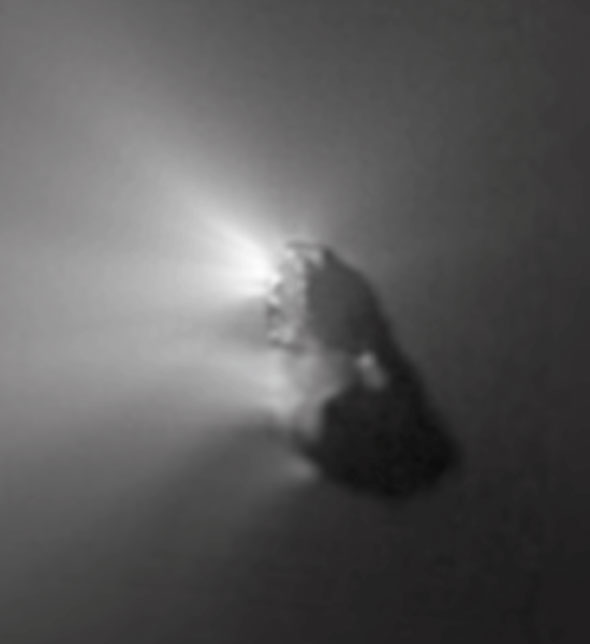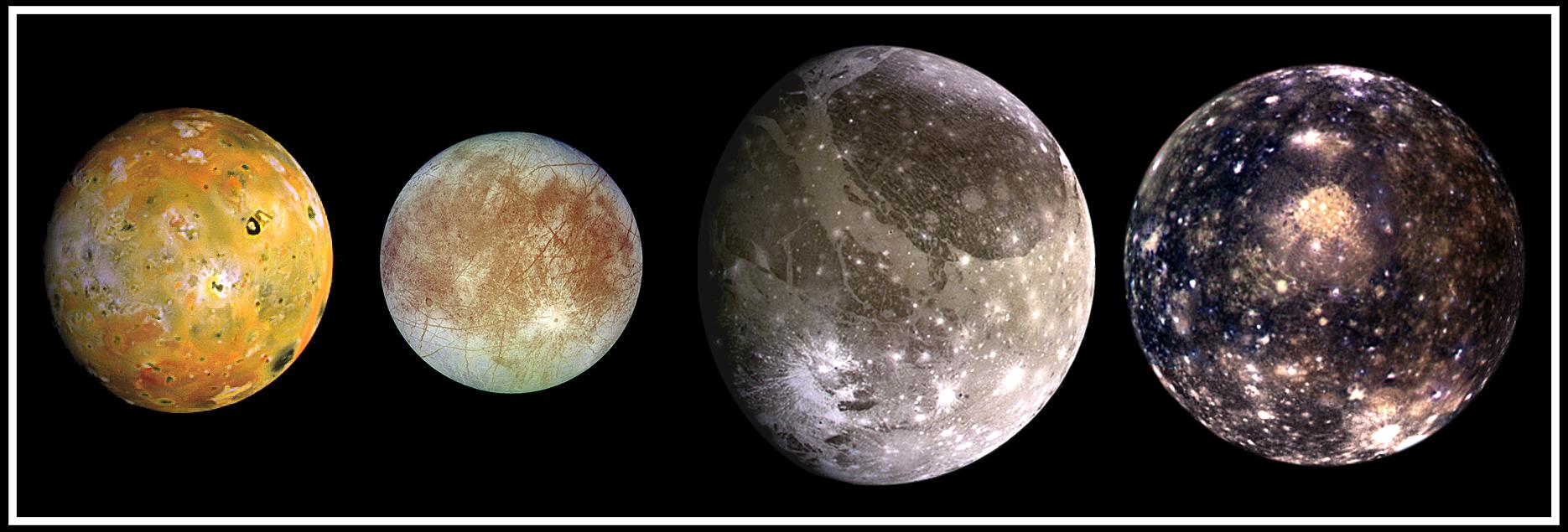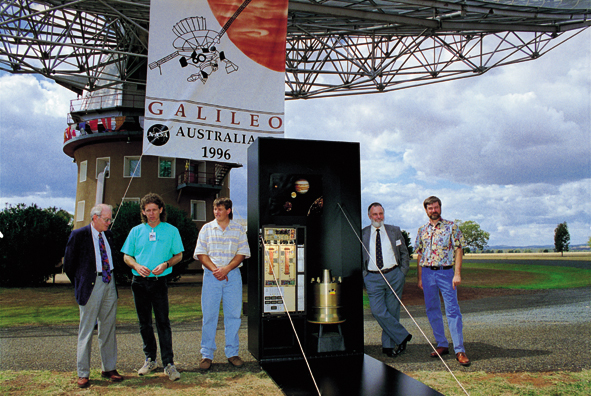Everyone loves a close encounter (especially on Valentine’s day). For spaceprobes, it’s their whole reason for existing. They’re out there, getting up close and personal with planets and moons, to learn things we can’t learn from Earth.
December last year saw the 50th anniversary of the first planetary flyby Australia was involved in: NASA’s Mariner 2 encounter with Venus. The spacecraft was tracked by our newly commissioned Parkes radio telescope, along with the first antennas of NASA’s Deep Space Network.
Jumping forward 50 years, NASA’s Cassini spacecraft has just made its 90th flypast of Saturn’s moon Titan. Pulled by Titan’s gravity, the spacecraft speeds up as it approaches Titan, then slows down again as moves away. But the experience isn’t the same every time.
In its orbit around Saturn, Titan swings in close to its parent planet and then pulls away again, its distance ranging between 1.19 and 1.26 million kilometres. Saturn’s gravity raises tides on Titan that distort its shape, and the distortion changes as the moon moves around its orbit.
That in turn changes Titan’s own gravitational field, and this is what Cassini can measure. These measurements of Titan’s changing shape can be compared with predictions from different models, says CSIRO physicist Dr Kurt Liffman, a former NASA scientist.
It appears that the surface of the moon can rise and fall by up to 10 metres during each orbit. Scientists studying the Cassini data think Titan may have a global ocean, surrounded by an icy shell. The latest flybys are aimed at determining how thick that shell is.
Cassini is regularly tracked by the Canberra Deep Space Communications Complex, managed by CSIRO as part of NASA’s Deep Space Network. The CDSCC was one of the receiving stations for the craft’s recent encounter with Titan.
A colour view of Titan’s surface, captured by the Huygens probe after its landing in January 2005. (NASA/JPL/ESA/University of Arizona)
The CDSCC tracks spacecraft all the time, of course. But there have been a number of other missions for which our Parkes telescope has been called on too.
The Giotto spaceprobe, sent to image the nucleus of the famous Comet Halley in 1986, was Europe’s first deep-space venture. Despite being hit by 12 000 dust impacts as it approached the comet, the spacecraft survived the encounter, and sent back the first image of a comet nucleus. The Parkes telescope was the prime receiving station for this mission.
The nucleus of Comet Halley, about 15 km across, photographed by the Giotto spaceprobe. Credit: Halley Multicolor Camera Team, Giotto Project, ESA
Copyright: MPAE
Voyager 1 and 2 were designed to take advantage of a rare planetary alignment to explore the outer solar system. Voyager 2 flew by Uranus in January 1986 and by Neptune in August 1989. Both encounters were extremely fruitful, and told us most of what we now know about these planets and their moons.
Uranus is more than three billion kilometres from Earth, and Neptune even further. Voyager 2’s transmitter sending data back to Earth used just 25 watts of power – about the same as a lightbulb. Even a big dish could capture only one billionth of one millionth of a watt of that signal!
A global colour mosaic of Neptune’s moon Triton, made from images taken by Voyager 2 during its 1989 flyby.
Credit: NASA/JPL/USGS
The Galileo spacecraft (1989-2003) was the first to measure Jupiter’s atmosphere with a descent probe. It found evidence of subsurface saltwater on Jupiter’s moons Europa, Ganymede and Callisto, and sent back stunning pictures of those moons and their volcano-ridden companion, Io. Handily, Galileo was hanging around Jupiter and able to take pictures when Comet Shoemaker-Levy 9 lobbed into the planet in 1994, leaving “bruises” as large as Earth.
A composite image of Jupiter’s four largest moons, imaged by the Galileo spacecraft. Left to right: Io, Europa, Ganymede, Callisto.
Credit: NASA/JPL/DLR
Our Parkes telescope was outfitted with new receiving equipment (shown here in the box) so that it could receive data from the Galileo spacecraft.
Several spacecraft have been sent on suicide missions. A whopping 22 craft have been sent to or past Venus, but any that have landed on its surface haven’t lasted long. In 2004 Cassini sent its own probe, Huygens, on a one-way trip to Titan. Huygens landed successfully and lasted long enough to tell us about the winds in Titan’s atmosphere. Again, Parkes was involved.
Cassini itself is doomed too (although we haven’t told it yet). It’s a hygiene measure. The spacecraft is powered by plutonium, and, rather than risk it crashing onto a moon that has even the slightest chance of harbouring life, NASA controllers will dispose of it tidily by putting it into a death spiral towards Saturn.
But that’s not until 2017. Meanwhile, sit back and enjoy what these snap-happy tourists of the solar system can tell us. Next up: the New Horizons spacecraft due at Pluto in July 2015.






